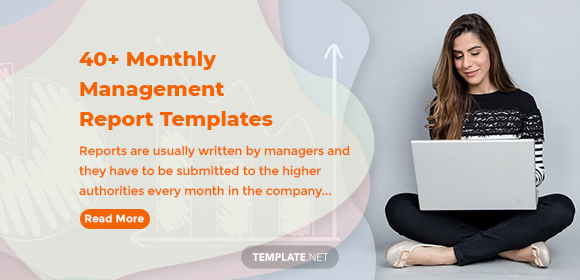
40+ Monthly Management Report Templates in PDF | Google Docs | Excel | Apple Pages
Managers usually write reports, and they have to be submitted every month to the higher authorities of a company. These…
Aug 28, 2024
No matter what kind of business you’re running, it’s very important that you’re able to take a good look at your business’s Human Resources policies, procedures, and practices. Those in HR are the ones that are in charge of handling everything regarding how the business should operate, so it’s obvious that you would want to guarantee that they’re complying with the rules and regulations. You may also see more on report templates here.

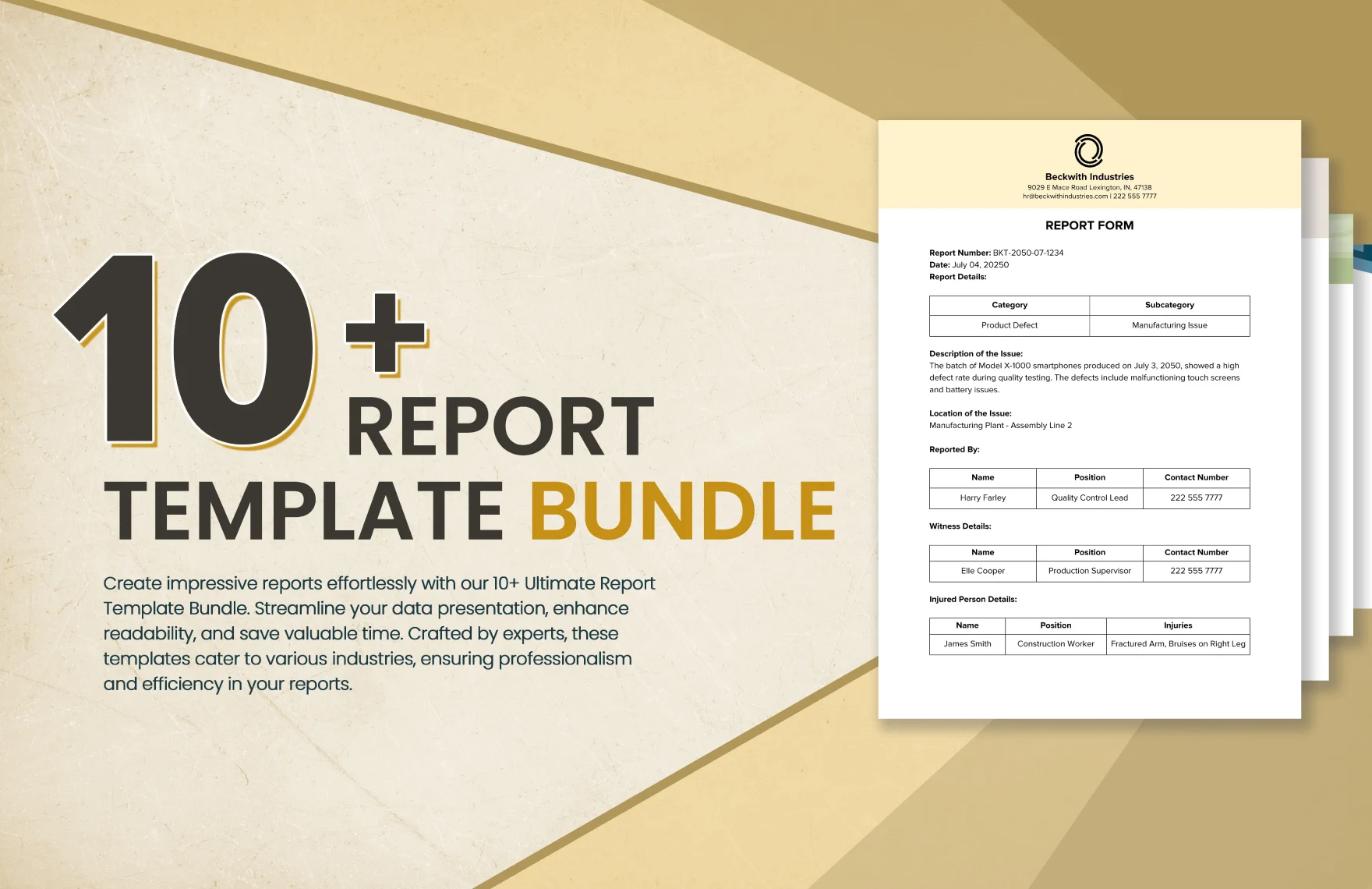
In order for you to see if that’s so, you’re going to need a document that will provide you with the information. And that’s why this article is going to teach you how to create an HR audit report that should be able to give you all of the information that you’re going to need.
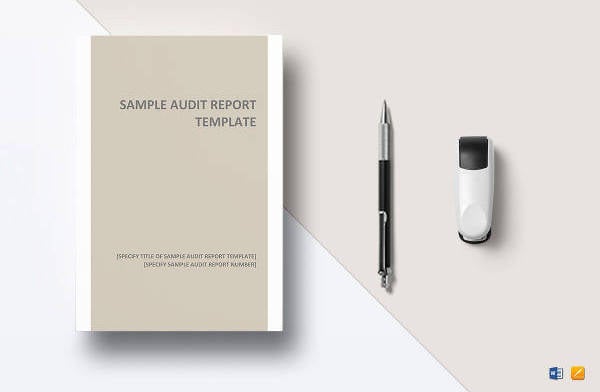
 jacksoncounty-il.gov
jacksoncounty-il.gov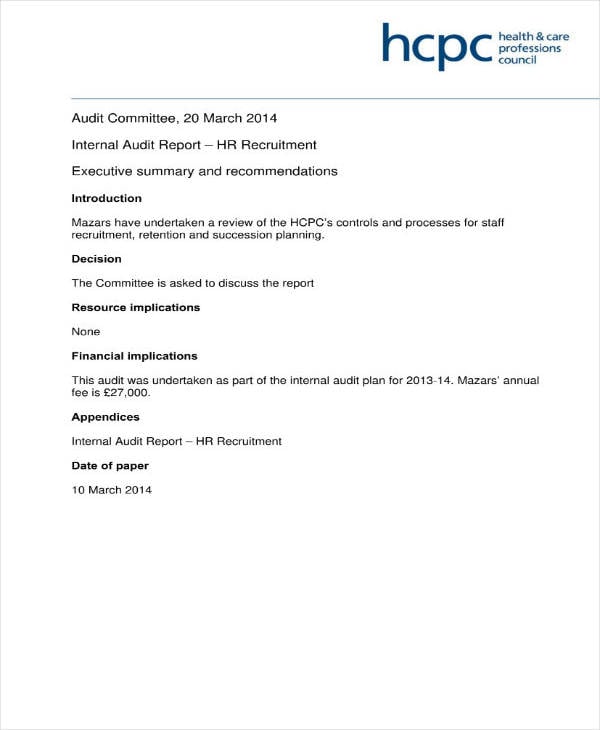 hpc-uk.org
hpc-uk.orgHuman resource audits can help identify whether an HR department’s specific practice areas or processes are adequate, legal, and effective. The results obtained from this review can help identify gaps in HR practices, and help you figure out the means in which you can close these gaps to minimize regulatory violations or possible lawsuits. Also, the information from the audit can tell you what it is that can be done to improve the practices done by HR, ultimately resulting in the entire improvement of the business.
And with the report, you can use the information you’ve managed to find to do make sure that it happens. With that in mind, here are the steps that will allow you to create a proper HR audit report. You may also see quality audit reports.
To uncover the needed information, you and anyone else who is helping you do the HR audit must determine exactly which areas were reviewed. That way, you’ll know exactly what has to be in the report before you hand it over. So let’s say that a business has never audited its HR function, or if significant organizational or legal changes have recently occurred. You may also see internal audit reports.
If that’s so, then you’re going to want to cover all of the different HR practice areas. On the other hand, if concerns are limited to the adequacy of a specific process or policy, then all you need to do is to focus on that particular area. Just remember what type of audit you’ve done when it comes to looking into HR practices so that you’ll know what information should be in the report. You may also see safety audit reports.
Once you start writing your audit report, you must never forget to include an introduction. This is basically where you introduce the reader about the type of audit that you’ve conducted. Also, the introduction can be used to point out any background that the reader might need to know before going through the report. This is very important if you have something to share to the reader regarding a particular section that he or she should know about. You may also see sample internal audit reports.
Let’s say that you have yet to do an audit and that you need to gather the data that you’ll place in the report. Remember that it’s important that you know exactly what it is that you should be auditing. That way, you’ll know what it is that you should be looking for. For example, if you’re trying to look into how HR is handling the business’s financial statement samples, then all you have to do is gather the documents such as those for both business expenses and income.
Once you’ve managed to gather all of the data that you’re going to need, then it should be easy for you to place everything into the report. You may also see communication audit report templates.
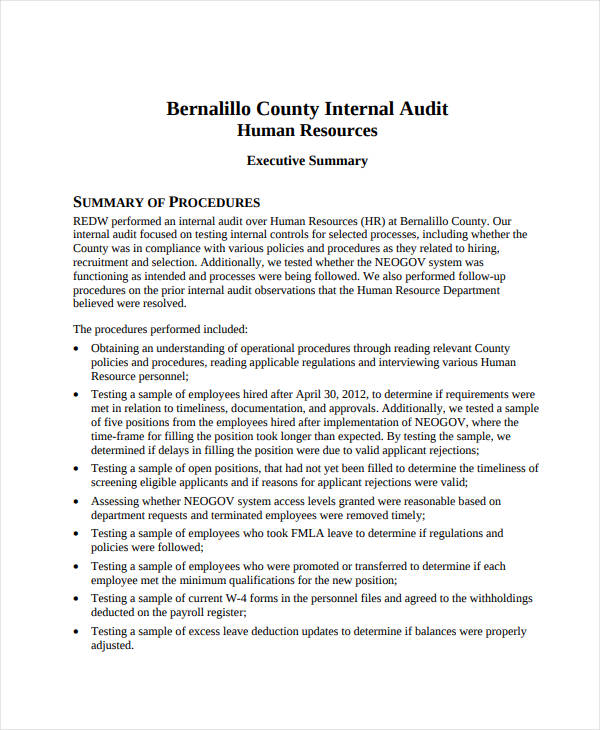 bernco.gov
bernco.govThe person who will be going through the audit report will definitely want to get as much information as needed from this particular section. You have to make sure that this section is able to answer the following questions:
1. Why was the audit conducted? – Basically, you’ll want to point out the particular reason as to why the report was made. Is it because you have to look into whether HR is acting in accordance with the policies? Did HR commit a violation that needs to be investigated? Or maybe it’s to check whether HR is handling financial statements in accordance with the law? The reason can be just about anything, but it’s important that you point it out
2. What information was and was not included during the creation of the report? – It’s important that you don’t miss pointing these pieces of information when creating the audit report. The reader will definitely want to know about the two as what’s there and what’s not will tell the reader how the audit was conducted. So be sure that you’re able to place everything that you discovered and excluded into the report. You may also see compliance audit report templates.
3. What was the time period in which the audit was conducted? – You’ll need to be able to point out the time period that the audit was based on as the reader will want to know about this. So at what date was used as the start of the audit and until when? Make sure that you’re clear on this as again, the reader will want to know about this. The point of sharing this information is to show how HR functions were being done within that period. The information is useful as it can be used to compare with the results from previous audits. You may also see forensic audit report templates.
4. What are the objectives of the audit? – By this point, you need to point out what the audit is trying to achieve. Use the reason as to why the audit was even started in the first place. Is the audit trying to ensure that the business is complying with the law? It is trying to guarantee that all HR functions are being handled effectively? No matter what kind of objective there may be, all you have to do is point it out in the sample business plan. Also, just remember that the point of doing this is to help a business and not shut it down.
The point of doing this is because the reader will want to make sure that the auditor was able to properly conduct the audit. So what you’ll want to do is to explain that you followed a specific set of standards by which you based how you should conduct the audit. It’s best that you point out that the audit was done by government standards. You may also see compliance reports.
As an auditor, your final task is making recommendations for improvement for the entity audited. They should be listed together under a lead statement such as “We recommend that the department director:” Take note of the following things that you’re going to have to do when making your recommendations:
1. Make sure that the tone is positive. You need to be able to focus on the things that are right at the moment. You don’t just jump straight to the negatives as that will just end up demoralizing the reader. So what you’re going to have to do is to focus on the good aspects and how they can be applied to areas that are ineffective and inefficient. You may also see clinical audit reports.
2. You need to be very specific. No matter what kind of recommendation you end up making, it’s very important that you’re able to point out them out clearly in a way that just about any reader can understand. You’ll need to be very clear as to what specific aspects do not adhere to protocol, and to what concrete steps could be potentially implemented to ensure compliance. You may also see financial audit report templates.
3. Identify who should act. Does the company need better employee performance or is it possible that it’s management that needs to improve? You’re going to have to be very specific as to who has to change and what it is that they should be changing.
4. Make sure to keep things brief. While you’re making you recommendations, you have to make sure that it’s brief enough to allow readers to get what they need. That doesn’t mean that you can skip out on important information, but just make sure that they understand what you’re trying to say and that they know what they can do to comply with standards or fix violations. You can also see engineering audit reports.
Again, doing all of this will not be easy as it’s going to take up a lot of time and effort. But just remember that making the report is always better than not making one at all. You can also read corrective action reports.
If you would like to learn how to do other types of sample reports, then what you can do is to go through our site. It has many different articles that should be able to provide you with the information you’re going to need. Just be sure that you’re able to read these articles properly so that you can make effective use out of whatever they have to offer you. Explore additional HR audit report templates on our website, template.net, to find a variety of options that suit your needs.

Managers usually write reports, and they have to be submitted every month to the higher authorities of a company. These…
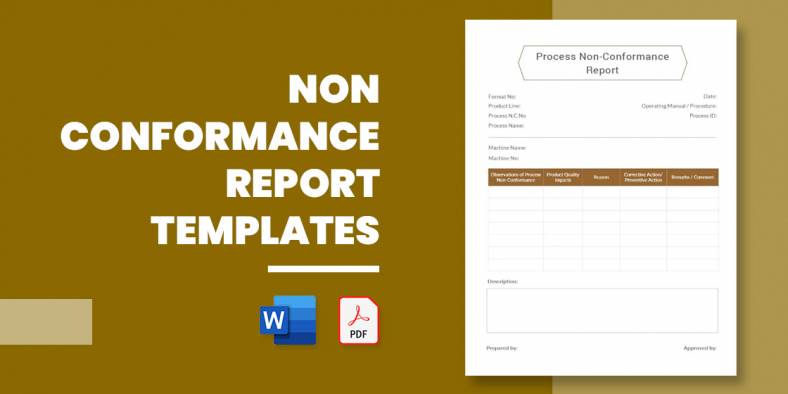
Have you ever tried sending a Report Outline for corrective action to a company about bad food, product, or service?…
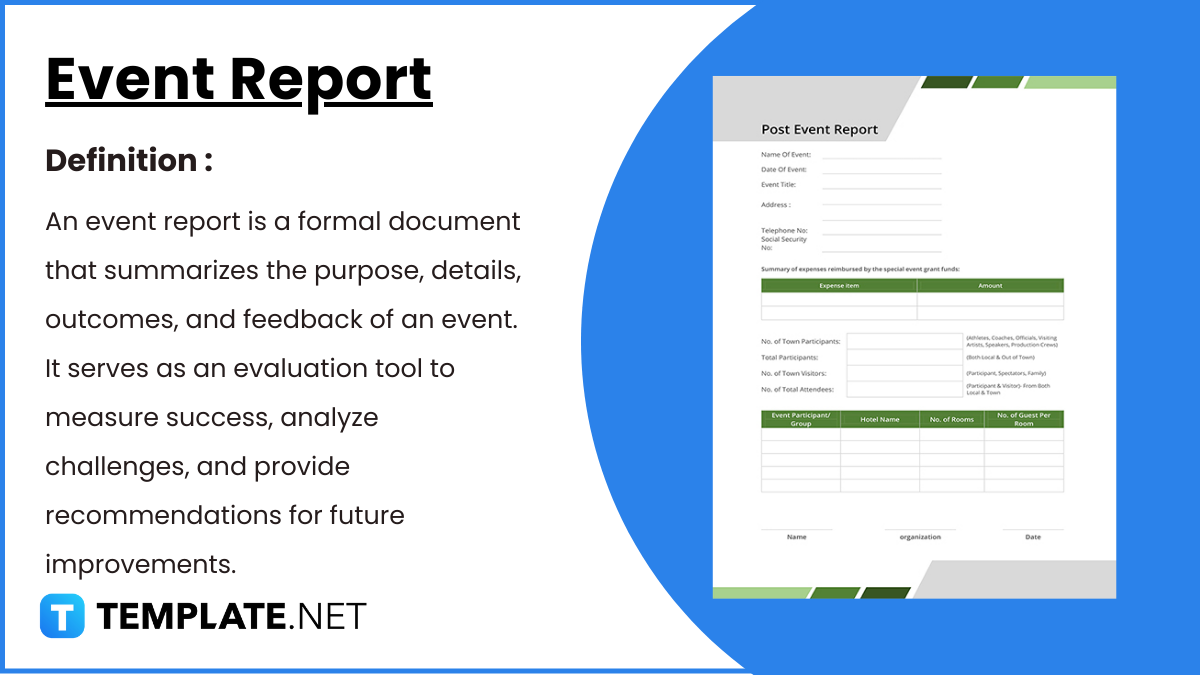
Crafting an event report is an essential step in analyzing the success and impact of any event, whether it’s a…
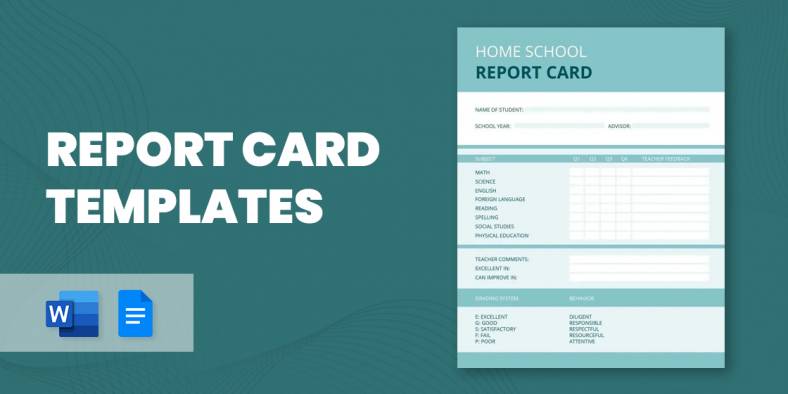
A report card is one of the crucial elements of recording the results of an evaluation of a leaner. Many…
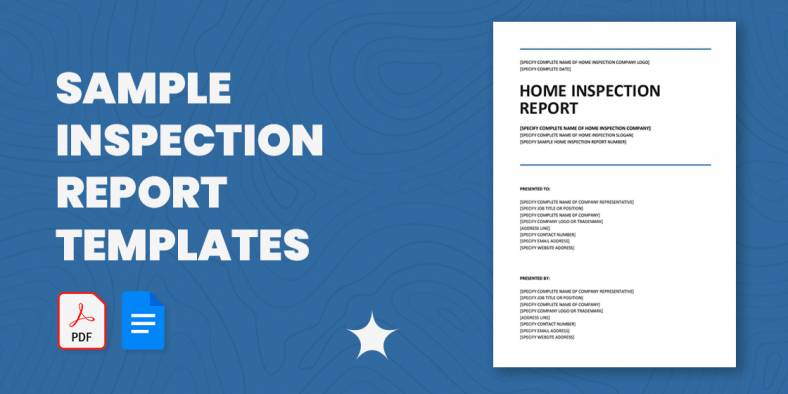
Getting ready with your inspection report? Not satisfied with your report’s format? Don’t you worry? We have here an array…
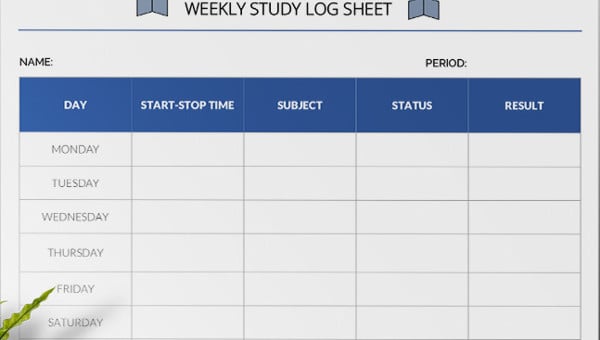
Every organization must be careful while creating a daily or weekly activity report as it is with the help of…
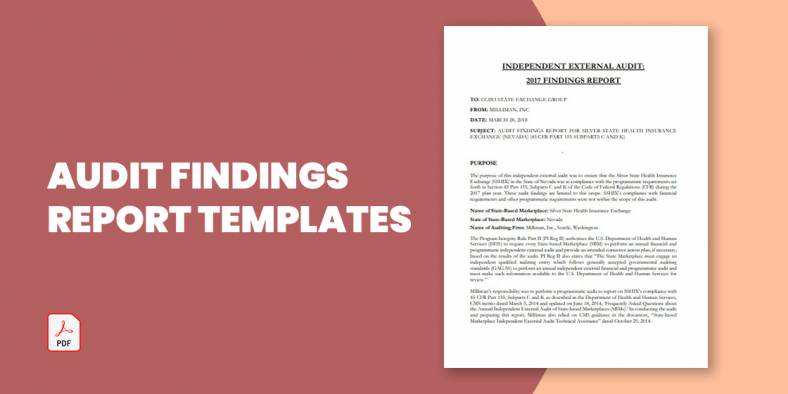
The audit report is the ending result of an audit and can be utilized by the receiver person or organization…

Audit committee reports present a periodic and annual picture of the financial reporting method, the audit process, data on the…

Timely reports are vital for any logistics industry as data is essential to help make decisions. Plus, the industry’s scope…